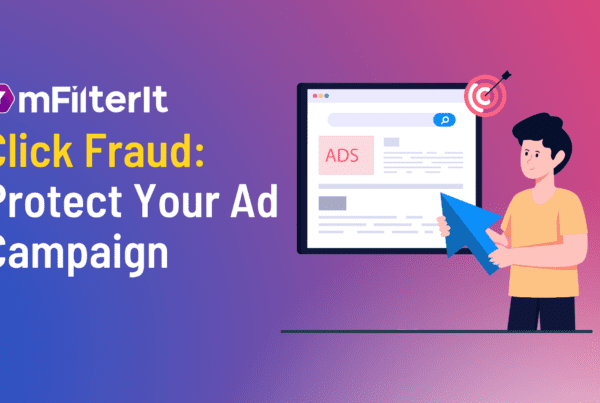In the post-Covid-19 scenario, video marketing will take center stage in content-driven campaigns and needs to be done optimally.
Marketing is now performing a more prominent than before role. Earlier marketing would complement sales functions to generate business. With digital becoming the medium of the entire business process due to social distancing and work-from-home trends, marketing will now open up doors and create avenues of sales using high-quality multimedia content to reach prospective customers – businesses and individuals.
However, there are some points that an advertiser needs to bear in mind before going heavy with videos. Video is a costly affair both in terms of the creation of content as well as promoting it. Even the edits come at a cost. It’s not like a text message which can be edited at times without even people noticing it.
Since video is very costly and every second counts, the messaging must be very sharp and precise. In digital video marketing, we use the term ‘thumb stoppers‘.
That’s what videos must have! As the messaging is very precise, the target audience has also to be very sharp, which means advertisers will have to spend a higher CPx (click, view, completed view). Most advertisers prefer a CPCV as no one wants to pay for the half-viewed message, especially in the business domains. CPCV is the costliest model among the CPx stack for video advertising.
From an ad fraud point of view, an advertiser needs to be entirely sure of the genuineness of the engagement level before going heavy on video marketing. Advertisers must verify the engagement levels claimed by channels and mediums they plan to engage, or their agency proposes to engage. The engagement is verified, starting from the number of followers, views, clicks, and even comments. These are manipulated using BOTs to pep up the KPIs without tangible benefits.
Without proper monitoring of ad fraud, there is an even bigger chance of falling to the Brand Safety issues. Many agencies, as well as where advertisers aren’t aware enough, display ads on channels that go entirely against the brand’s philosophy.
The ads are displayed on YouTube channels which the brand would never want to endorse. In this scenario, the brand does not only lose money but its reputation is also impacted adversely. The brand could get affiliated with porn, obscene, violence, and other unwanted content, and the funniest part is that its money is being used for crushing its reputation.
Brands across sectors will go heavy on video content and its promotion. This means platforms like YouTube will increasingly get more share of the advertising mix from brands, especially on the digital front. Without being too heavy on videos, the overall ad fraud rate is anywhere between 25-35% for brands depending on how much optimization they are doing to manage the ad fraud.
As brands start consuming ad inventories over video, the overall waste on ad fraud could increase substantially. It could go as high as 50% of the performance marketing spending in some cases. Hence, brands need to put in place an efficient, robust, neutral, yet easy-to-integrate ad-fraud solution for video marketing and spending with a complete view of how it’s being consumed.
Talk to mFilterIt ad-fraud and brand safety specialists today to optimize your returns on video marketing.





